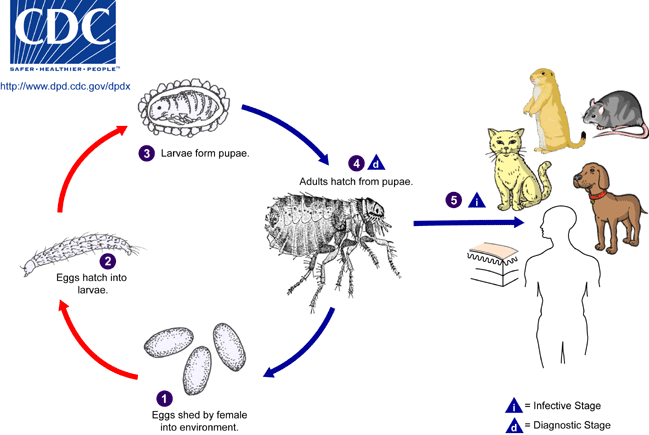When you catch your canine companion scratching there is always the intrusive thought that they could have fleas. We do our best to provide quality flea preventatives to ensure fleas can’t strike, but what if they fail? We know the bites are itchy, but is that the only inconvenience they face? Could flea bites be dangerous? Let’s look at how fleas impact dogs.
The Itch!
The first thing that flea bites can do to impact dogs is cause intense itching! This itching can be intensified if the dog is allergic to flea bites. The first symptom that your dog can have if they are allergic, is hot spots. What are hot spots? They are red and raised inflamed areas of skin. If they are bad enough, they can even cause hair loss! There can also be signs of scabs forming and flaking skin in the areas of the bites as well.
Flea Anemia
Sin fleas live on their hosts’ blood it is not too far fetched to think about the fact that they can cause anemia in dogs. Puppies are especially susceptible to this, and it can potentially be deadly for them. Since puppies are still learning some of them are too young to think about proper grooming. They are also contending with blood loss and trying to move through their growing stages, which can be an issue. If there is a severe enough infestation this could potentially be a fatal issue for your canine companion. How could you tell if your dog has anemia? Their gums will be the first give away! Know what color is common for your pup and if they appear to have gums paler in color it is potentially anemia!
Tape Worms
Another issue that can stem from fleas on dogs is tapeworms. Tapeworms from fleas are never pleasant. The type known as Dipylidium caninum and are the most common tapeworm transmitted via fleas. You may wonder how your dog can even become infected with this nuisance and the answer is flea larvae. If your dog is cleaning themselves or biting where fleas are present and ingest larvae infected with the worm, they contract it. Once ingested the tapeworm feeds off your dog and grows. The most common way to know if your dog is victim of them would be to check their stool. Tapeworms can be visible in the stool and then you would want to contact your veterinarian to see about treatment options.
Fleas Life Cycle

To be able to ensure you and your dog are completely flea free is to understand the flea life cycle. There are four stages the egg stage, larva, pupa, and the adult stage. During the egg stage these are laid by a female flea and hatch within 1-10 days. A female flea can lay up to 2,000 eggs which means that the more fleas there are the more eggs there are. Once they have grown out of their eggs stage and they are larvae they will find their host and get sustenance from blood and even flea dirt. They then go on to cocoon and are in a dormant phase. This phase can last anywhere from a few days to a full year. They are waiting for the right time to hatch into adult fleas and then find a host which is preferably your canine companion, or you if they are desperate. Understanding the flea life cycle can help you with understanding how to eradicate them. It also helps show how long it could take for new fleas to show up.
Prevention and Treatment
Prevention is always better than treatment and luckily there are many options on the market. If you have questions or concerns about what flea prevention would be best for your dog, contact a veterinarian. Many times, they can provide you with prescription options or guide you the right way. If your dog has already fallen prey, you can do flea treatments again with many options on the market such as baths, topicals, and even pills that your vet can prescribe. You would want to clean all pet bedding and look for the best treatment option for your home. Ensure whatever treatment option you use works on all stages of the flea life cycle to prevent reinfestation. Now you know what potential issues fleas can cause for dogs, and what options there are you can be better prepared. Hopefully this keeps you and your furry friend happy!